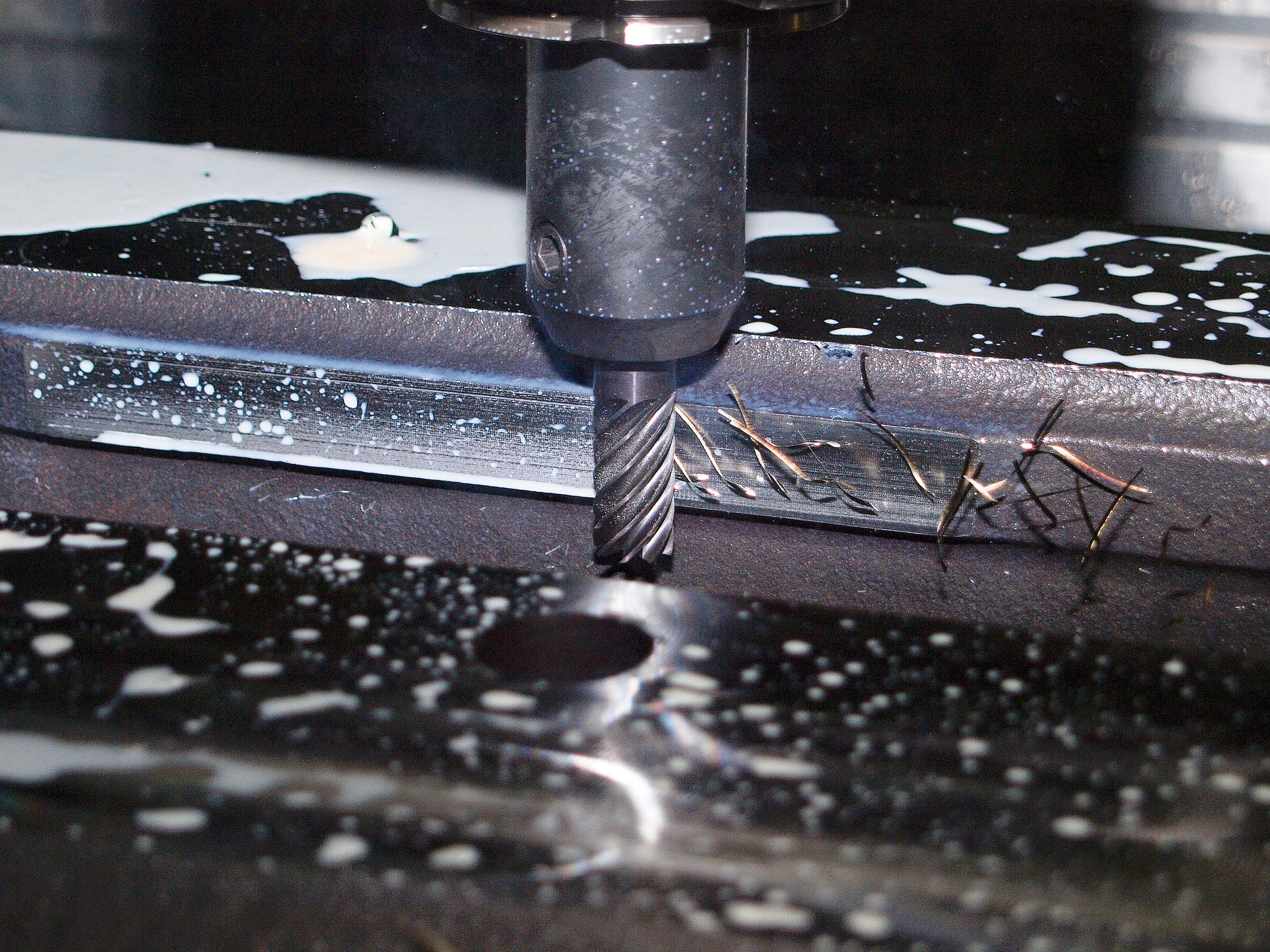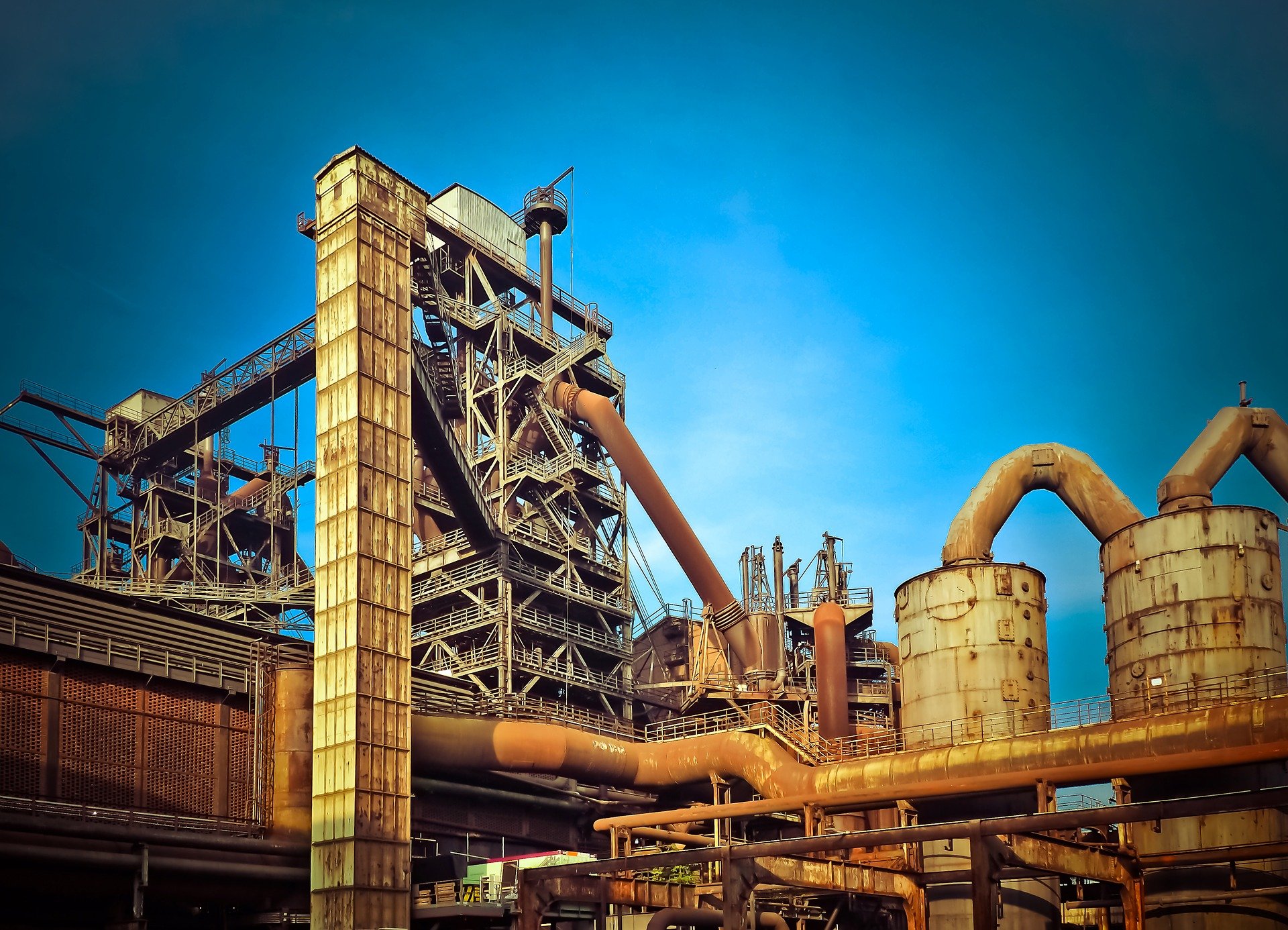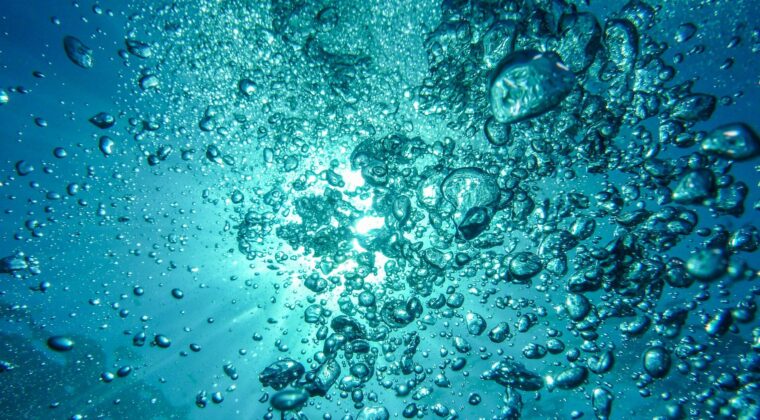
Maintenance and preventive cleaning of a production line allow to achieve excellence in production quality and processes. It also avoid loss of time and costs due to interruptions.
Industrial equipment and facilities for high pressure water, chemical dipping or ultrasound cleaning are nowadays indispensable in order to obtain the quality of the finished product and the desired volume of production. They are able to remove all types of residues: oil, grease, dust, machining, rust, release agents, resins, etc.
Chemical dipping and parts washing are very common industrial techniques for parts with irregular shapes or big production volume, unsuitable for spray cleaning as tunnel washing machines. They can include the movement of basket, different detergents stages, rinsing, disinfection, etc. They can also include sprinklers whose variable pressure tries to replace the mechanical action of ultrasonic cavitation. A problem that can be created in this type of equipment is the excess of foam and the solution is the use of defoaming surfactants.

Immersion cleaning can be the solution for perfect finishing of small parts in large quantities and with a very light level of grease. However, if there is no good oil separation system, it is better to use an ultrasonic cleaning system with LFS laminar flow.
For components maintenance requiring decarbonisation, ultrasonic cleaning is more effective than dipping, thanks to the mechanical action of 28 kHz cavitation and the synergies generated by other factors such as detergent, temperature of the water at 70º-85º and movement of the lifting platform.
Ultrasonic cavitation exerts mechanical action and removes dirt from the external surface as well as in the innermost areas, achieving cleaning results impossible to reach with other industrial cleaning machinery.
Ultrasonic cleaning is much more efficient for the maintenance of parts with very difficult dirt.

In order to choose the most suitable ultrasound frequency (e.g. 28 kHz, 40 kHz etc.), a professional should be consulted, because the ultrasonic frequency plays a decisive role. In addition, the suitability of the chemicals must be known, depending on the surface to be cleaned and the type of dirt. The temperature of the bath is very important for cavitation and also for the effectiveness of the chemical products.
For all these reasons, it is important to have the support of a specialised company, capable of advising on the most efficient way to achieve the best industrial cleaning and degreasing. Contact us for a free consultation.









